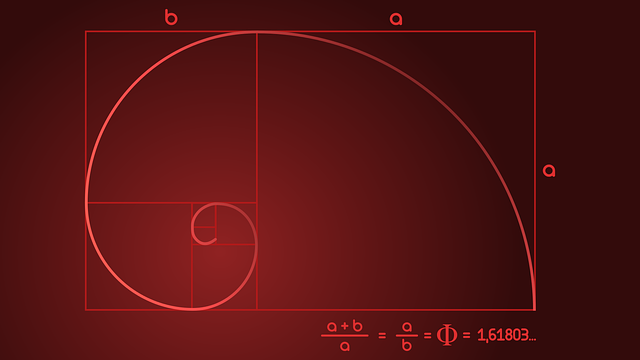Creating powerful compositions is one of the most important skills for photographers to develop. Regardless of what genre of photography you enjoy, practicing useful composition techniques can help you create unique and compelling images that engage the viewer’s eye. Understanding the Fibonacci Spiral, or Golden Ratio, is a great starting point.
Common Composition Rules in Photography

When working to create better compositions, you’ll encounter many composition rules. These compositional techniques are a great way to develop as a photographer.
You may have heard of popular composition rules like the rule of thirds or using leading lines. These rules are often simple to grasp and practice. The Fibonacci Spiral is a powerful composition technique that is a little more complex. Although, once you get the hang of it, you’ll really see a difference in your photographs.
Understanding the Fibonacci Spiral

The Fibonacci Spiral, also known as the Golden Spiral or the Golden Ratio, is based on a mathematical concept called the Fibonacci Sequence. It was first discovered by Leonardo Fibonacci, a mathematician in the Middle Ages.
The Fibonacci Sequence is a series of numbers beginning with 0 and 1, where the next number is always found by adding the previous two. It’s an infinite series of numbers, but the Fibonacci Sequence starts as follows: 0, 1, 1, 2, 3, 5, 8, 13, 21, 34, 55 — and so on.
How Does the Fibonacci Sequence Translate to Photography?
You may be wondering how a series of numbers translates into a photographic composition technique. Many objects in nature, from the nautilus shell to leaves and coral, feature branching ratios and curved lines that relate to the Fibonacci numbers. When the Fibonacci Sequence is translated into geometry, you get a naturally pleasing composition featuring a spiral that increases in size at a predictable rate.
Plenty of famous works of art — from The Last Supper to the Mona Lisa — use the concept of the Golden Spiral to engage viewers and create balance. By looking for sources of the golden ratio in the world around you as a composition guide, you can create your own pleasing compositions in photographs.
How to Use the Fibonacci Spiral in your Photography Composition

Now that we’ve covered the basics of the Fibonacci Spiral, here are a few easy ways to start using this engaging composition technique in your own work.
1. Focal Point Placement
Start by identifying the focal point. What is the point of interest in the scene before you? Is it the human body? A tree? A building?
Whatever the focal point is, if you can strategically place it within the Golden Spiral, then you’ll have a stronger composition. Typically, composing with the Fibonacci Spiral is easier when you have a single subject or focal point. Although, it is possible to practice this technique with multiple subjects.
2. Look for Spiral Compositions in the Scene
Very few natural elements feature straight lines and right angles. When the scene before you features flowing curves, it can be easier to identify and compose elements that relate to the Golden Spiral.
Try to match curves in the scene to the flow of the Fibonacci Spiral. Although, keep in mind that you can reorient the spiral overlay in any direction. It can exist vertically or horizontally. You can flip it as needed or even rotate it to achieve your composition.
3. Overlays and the Rule of Thirds
You may find that the placement of your focal point with the Golden Spiral is similar to where you may position the subject when practicing the rule of thirds. They are very close in concept but not identical.
Many digital cameras have viewfinder overlays to help you compose your photographs. However, while the rule of thirds is a common viewfinder overlay, the Golden Spiral usually requires you to use your imagination. If you find yourself wishing you had a Golden Spiral overlay, just use the rule of thirds overlay and compose your photo so the center of your spiral is located at any of the intersecting lines.
4. Post-Processing to Highlight the Golden Spiral
Many photographers like to edit their photos with Fibonacci’s Spiral in mind. Both Adobe Lightroom and Photoshop feature Golden Ratio overlays to help you crop your images to compositional perfection.
By practicing cropping and editing your photos specifically with the Fibonacci Spiral in mind, you’ll get better at learning to spot the spiral when you’re out with your camera. Before you know it, you’ll be a master at spiral composition.



![Mastering the Pan Shot [Photographer's Guide] - 42West, Adorama](https://www.adorama.com/alc/wp-content/uploads/2021/08/Mastering-the-Pan-Shot-Photographers-Guide-370x280.jpg)


